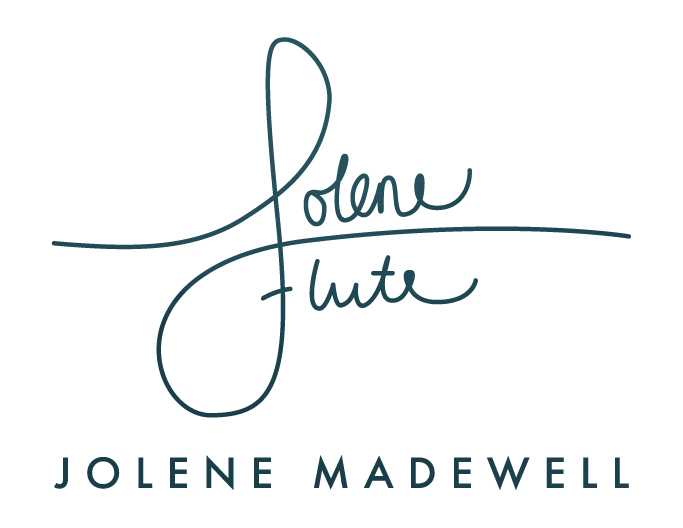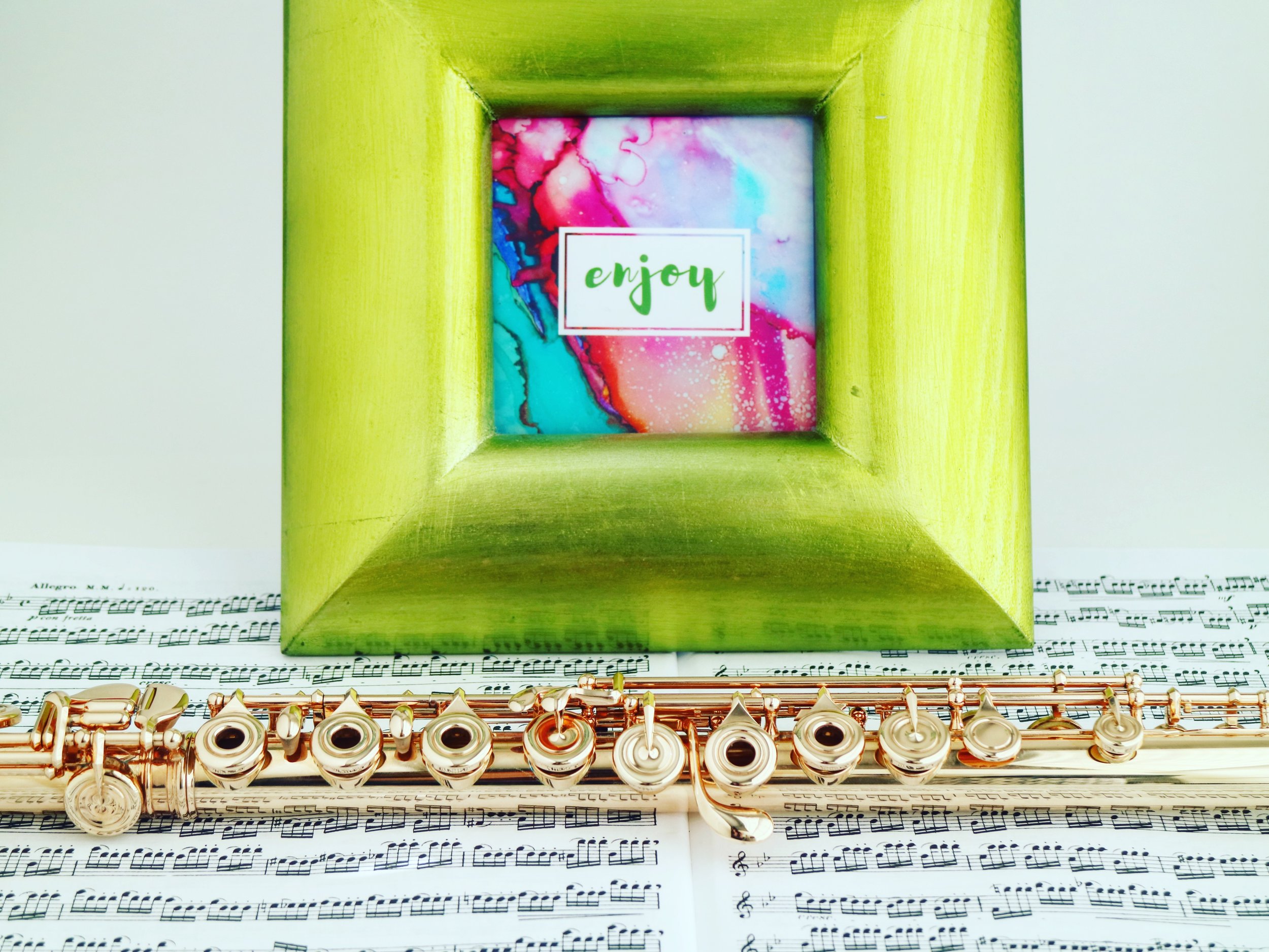How I Discovered + Released Tongue Tension for Effortless, Clear Articulation
While experimenting with articulation yesterday, I had a moment where I thought to notice how much effort my tongue was exerting.
I played a few notes, removed the flute from my face, and looked in the mirror.
I was pulling my jaw down too forcefully, which was pulling my bottom lip back, and my tongue was being pulled up and back within my mouth.
I know that letting the tongue lie low in the mouth helps resonance, and I also know that clear, short articulation is possible with the tongue forward in the mouth.
My good intentions of creating space within the mouth - dropping the jaw - actually led me to increase tension and compromise space.
My tongue felt tight and heavy as well, but what was most surprising was how much I wanted to pull the tongue up and back!
This might not happen as drastically for everyone, as I may habitually try to bring to my tongue down when I bring the jaw down. When I do both of these things in a forceful way, I end up in a place that feels tight and difficult.
I decided to have a look at how and why my tongue moves the way it does, and uncovered some important relationships between the tongue and jaw.
How Does The Tongue Move?
Take a look at how many muscles move the tongue in all directions.
In simple terms, there are four extrinsic tongue muscles that move the tongue and connect outside the tongue, and four intrinsic tongue muscles located within the tongue that allow us to change the the shape of the tongue.
The extrinsic muscles that move the tongue:
The styloglossus muscle retracts and elevates the tongue.
The palatoglossus muscle raises the back of the tongue and lowers the soft palate - required movement for swallowing.
The genioglossus muscle lowers the tongue and brings it forward in the mouth.
The hyoglossus lowers the tongue and brings it back in the mouth.
Understanding that there's a muscle that's both pulling my tongue up and retracting it back gives me some insights about what I was noticing.
Gaining clarity about the relationships between the tongue muscles and their origins, insertions, and functions gave me direction in deciding how to use myself in a different way for different results.
Experiment + Observe Tongue Movement
Try pulling your jaw down far but keeping your lips together, actively aiming to create space inside the mouth:
- Where is the tongue inside your mouth?
- Watch the back of the tongue - does it become tense? Is it raised?
- Does the tip of the tongue move backward?
- What happens to the bottom lip? How does this position affect embouchure?
Allow the jaw to become neutral and soft, simply hanging rather than pulling down:
- What happens to the tongue?
- Where is the tip of the tongue naturally lying?
- How does the back of the tongue feel?
- What about the soft palate?
- What happens to the lower lip?
Discovery
When I re-set and let my jaw release back up towards neutral, I immediately felt my tongue release down and forward toward the teeth.
Where I was before, I had to actively bring my tongue towards the teeth to get a short articulation. The tongue was heavy and effortful in this movement.
Because I was holding it in a pulled back and up position within my mouth, it was naturally wanting to hit the roof of the mouth further back, where we create a "D" syllable, rather than a "T" syllable at the alveolar ridge. (Where the upper teeth meet the hard palate.) This might be good for a legato articulation, but for short, light, and quick, it wasn't effortless.
From a neutral jaw and a naturally relaxed and forward tongue, I didn't have to exert so much effort in bringing my tongue forward, it was already there. My tongue and articulations could more easily become short, light and quick. Beyond that, my lower lip was more available, allowing me greater freedom to angle well.








![The Priorities of Good Sound for Flute & Piccolo [+ Free Download]](https://images.squarespace-cdn.com/content/v1/5698446a89a60aae9b0dd518/1524968904509-OQ60PWPH10XLHCE2IED5/IMG_8341.PNG)


